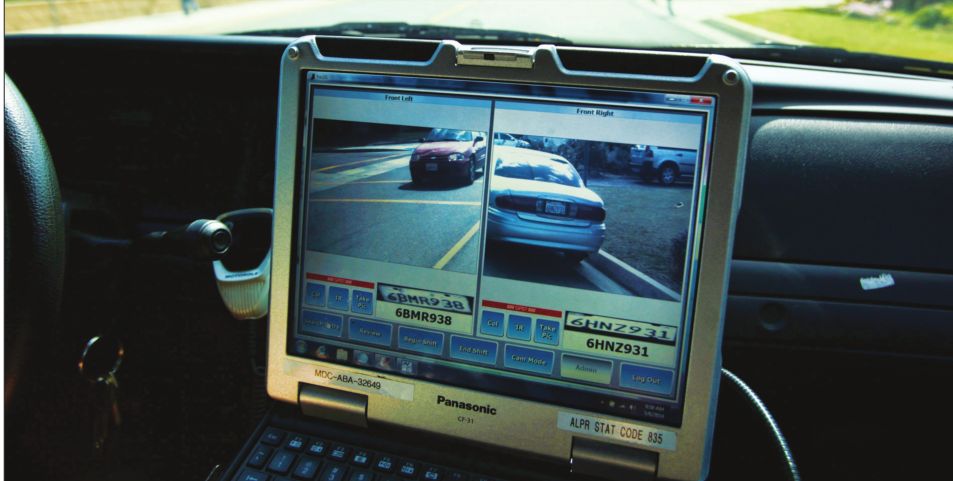
 LETTERS
LETTERS
We welcome letters. Please include your full name, address and telephone number. We edit all letters. Send them to [email protected].
WATCHING THE WATCHERS I am even more concerned about license-plate readers in the community than Khadine Bennett of the ACLU (“Watching the watchers,” Alan Kozeluh, April 9). Crime-fighting technology in the hands of people who don’t understand its limitations tends to land innocent people in jail. In the current case, I can imagine little Aunt Tilly’s license plate being captured in places and at times that, to a rudimentary approximation, follow a pattern of burglaries; never mind that 20 other cars whose license plates were not captured fit the same pattern.
I am reminded of a PBS Frontline documentary called The Real CSI, in which a similar story was told of a Portland attorney who was arrested and set for extradition to Spain to stand trial for the Madrid subway bombing because his fingerprints seemed to match some partial prints taken from a bag of detonators. The day he presented himself in court, the FBI got a call from the Spanish authorities telling them to let him go; they had arrested an Algerian radical who had both motive and opportunity, and was a better match to the partial prints. I am sure that the military, who had collected the attorney’s fingerprints while he was serving, thought at one time that fingerprinting all personnel was a good idea – they and their Congressional enablers
had probably never heard any of the myriad counterterrorism and privacy experts screaming that it is a terrible idea to mix forensic identifiers of innocent people in with those of criminals in common databases.
I think the little girl in Sleepless in Seattle had it about right. She said to her younger co-conspirator, “I’ll put your age in as 12, so you can fly by yourself.” His response: “Nobody’s gonna believe I’m 12!” Her counter-response: “Hey, if it’s in the computer, they’ll believe anything.” Eric Fisher Bloomington
ELIZABETH GRAHAM Phil Bradley’s April 9 tribute to Elizabeth Graham brought to mind the only time I met this Springfield original. It was in the 1970s and, as a newcomer, I had decided to see what Springfield had to offer besides Abraham Lincoln – specifically the Vachel Lindsay Home. This was Graham’s fiefdom, and she guarded it jealously; as I approached, she was turning away a mother with two children who she thought might damage the precious relics. I apparently passed muster, however, because she let me in and spent the next hour or more bringing the poet to life.
She told me about hiking through the fields with him, showed me his original artwork – symbolist drawings of the Holy Spirit descending on Springfield in the form of pealing bells – and brought out vintage 78 rpm recordings of Lindsay chanting “The Congo” and “General William Booth Enters into Heaven.” And she sold me a book of his poems (unfortunately since lost in one move or another).
It is fitting that a city school is now named after her. And I imagine that, like Abraham Lincoln and Vachel Lindsay, Elizabeth Graham still walks at midnight in Springfield. Bill Ward Springfield
LAST RIGHTS I read with interest the April 16 article, “Last Rights”, by Mr. Krohe, and it saddened me greatly, as I am one you would classify as “poor” and likely in need of such arrangements.
The article stated that medical school dissections are down due to imaging, however, you can still donate your remains through the Anatomical Gift Association. Both myself and my fiancée have opted to do so, sent in the forms and been confirmed as donors. It’s incredibly easy, and eventually, after use, the remains are cremated and returned free of charge to the person specified on the donor form. With the price of a funeral, which could be $10,000, or even cremation, which can be well over $500, this was an easy decision for us, as not only are those end of life expenses now covered, the people we leave behind can mourn without the hassles and have a big party instead, which is far more fun than some stodgy old funeral. In addition, hopefully some future doctor, laboratory, or somebody somewhere will benefit from the donation. Thanks, Illinois Times; you always do a wonderful job of reporting. Keep up the great work. Bryan Gooden Springfield